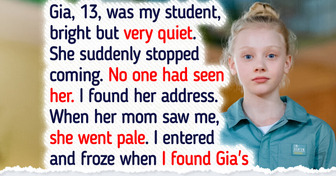A Man Tried to Intimidate a Woman on the Plane, but She Turned Out to Be a Hard Target

The Javarri Valley in Brazil is an untouched jungled area of 33 thousand square miles, slightly larger than Austria. This place is protected to stop outsiders from entering. This isolated area is home to one of Brazil’s largest indigenous territories. Here, uncontacted tribes with no understanding of the outside world can live peacefully in the jungle.
Observation is only made by officials from the air. It provides a small glimpse and a better understanding of how early hunter-gatherer societies once lived. Up to 3,000 inhabitants, within 14 different tribes, live deep inside the reservation, in up to 19 villages. This makes the Javarri Valley one of the largest concentrations of isolated peoples in the world.
It’s illegal for outsiders to enter this area, as contact with outside humans would be volatile to the natives’ health. These remote tribes haven’t evolved an immunity to the many bacteria that we have. So, it’s crucial they are left alone.
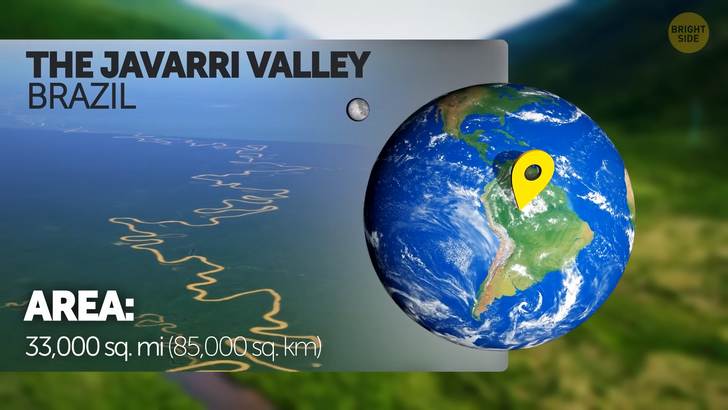
Within the Vatican, there is a massive secret storage room. It contains up to 52 miles of shelving for archives that date as far back as the 8th century. It contains many significant letters, books and other documents from notable people collected by the Vatican.
One letter from Abraham Lincoln here is from the 1860s, discussing the progress of the USA with the Papal states. Another is from Queen Mary of the Scots when she sought help from the Pope in 1587. And there are even documents regarding the trial of Galileo in the 17th century.
As he questioned the true movements of the Earth moving around the Sun. There are 1,200 years of documentation regarding world events, however most of it is secret as access is only provided to academic researchers. And to be one of those, you will need to be the minimum age of 75, and must renew your request for access to the room every 6 months.
And even then, while you poke through the secret documents, you are under constant supervision of the Swiss guard. With so much secrecy, it would be interesting what else could be hidden in these confidential documents.
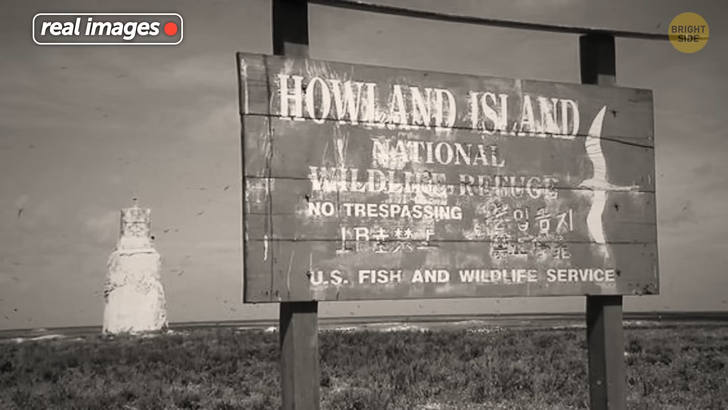
Halfway between Hawaii and Australia lies the lonely Howland Island. It has a long history of being an isolated and unforgiving location. Since 1857, miners spent two decades extracting bird droppings that were centuries old, a valuable fertilizer at the time.
The island was abandoned until 1935 when the USA attempted to make a colony there. They were excited to build its first airport. They expected it would one day be a great location for a stopover flight, creating an easier connection from Australia to California.
A flight path had even been prepared on Howland Island for the arrival of Amelia Earhart. It was all set up as a landing point for her circumnavigational flight of the globe. Unfortunately, Amelia lost contact before making it to the isle. The dream of the airport to be used on the transpacific flight path was abandoned. And the colony soon dispersed with no further attempts to repopulate it.
But the island is now a protected reservation for the fragile ecosystem that surrounds it. It’s visited once every two years to assess the regeneration of wildlife. And no one is allowed to enter without official authorization.

Heard Island is an offshore territory of Australia, 80% of it is covered in ice, and it has the country’s only active volcanoes. It’s also surrounded by glaciers, with the highest descending to sea level from 7,900 feet. But if you’re lucky enough to gain authorization to access the island, you can do this only by sailing 4 thousand miles across rough seas. After you’ve successfully sailed the long voyage, you’ll find yourself in this uninhabited 142-square-mile territory. Congrats, you’ve made it to one of the most isolated places in the world.
Only whalers and sealers sometimes lived here up until the 1880s. And since these whalers left, only researchers have made the daring voyage. Since 2011, no one has returned. All the buildings have broken down over the years from the extreme weather. So, it’s not the best option for a vacation. With freezing temperatures and powerful winds that can reach 110 miles per hour, only the hardiest of plants and animals can survive this place.
In France, there’s a network of caves, called the Lascaux caves, that provides artwork that is truly unique. Wall paintings that date back 17 thousand years ago from the early Magdalenian age provide around 6 thousand images. They decorate the walls, giving a great insight to what types of animals existed in that ancient period.
Some of the animals portrayed have been extinct in France for thousands of years, like the ancient aurochs, and rhinoceros. Painted in a mixture of red, yellow, and black colors, made from several different mineral pigments, the pictures depict what hunter-gathering societies hunted from the region. But the ingredients were vulnerable to tourists’ visits, which were then stopped in 1963.
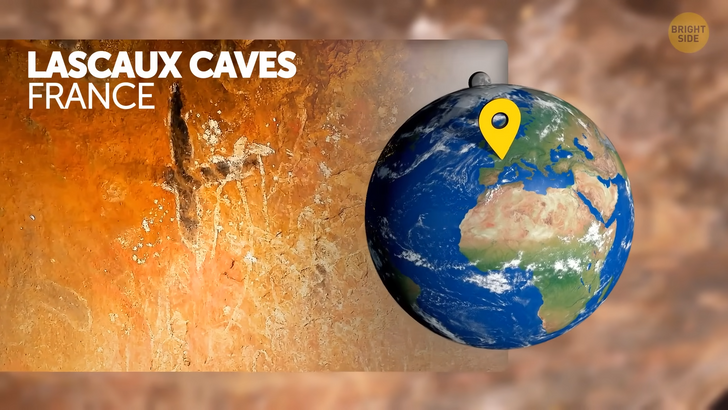
The carbon dioxide from the visitors’ breath and presence of light caused lichens, crystals, and molds to appear in the caves, which provided potential damage to the minerals of the paintings. These caves are now heavily restricted for entry. But replicas of the paintings have been made available to provide a similar experience.
Canada is the second largest country in the world, although the northwestern part is mostly unpopulated. One island in this area, Devon Island, is the largest uninhabited island on the planet. It covers a massive area of 12 thousand square miles, almost the same size as Croatia. People struggled to live in this desolate land.
The Inuits tried for a while, but even they decided to give up on this unforgiving land in the 1930s. With low precipitation on the island, harsh winds, and freezing temperatures, it can only support microclimates of vegetation. Settlements were also abandoned in 1951, since they weren’t economically viable with the limited resources Devon Island had to offer.
However today, due to its similarities with Mars, scientists make the difficult journey to research the island. The environment is very difficult to live in, with its poor terrain, freezing temperatures and isolation. So it’s become a perfect match for NASA to test equipment and crew for future missions to Mars, the Moon and even asteroids.
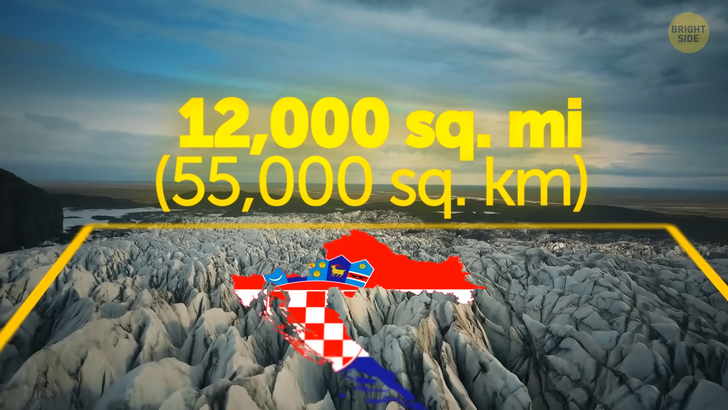
Halfway between the North Pole and the northern coast of Norway, sits the Svalbard archipelago. This isolated island is covered by snowy tundra. It’s virtually unlivable here, but as you make the long journey, trekking through the snow, you might be lucky to reach the Svalbard Vault poking out of a mountain. After accessing its daunting entrance, you follow through a long tunnel deeper into the mountain.
You can hear constant noises from the cooling system all around you. This is to make sure the temperature is at a cool negative 0.4 degrees Fahrenheit. Perfect for the contents it’s preserving. As you reach the end of the tunnel, you enter the “Svalbard global seed vault”.
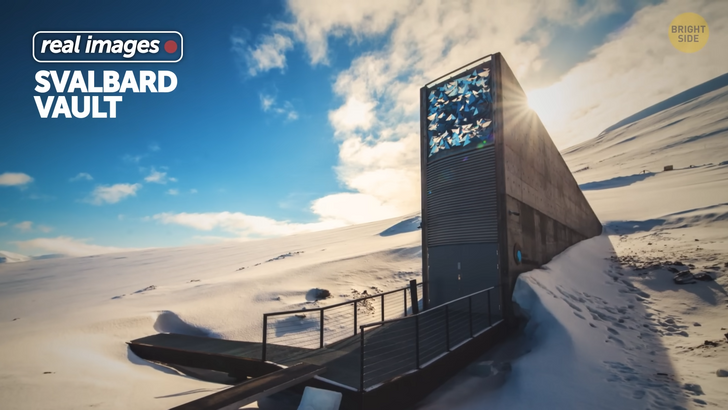
This is basically a safety deposit box holding the world’s largest collection of agricultural biodiversity. Since its opening in 2008, 13,000 years of agricultural history have been accumulated, with over a million separate distinct crop samples stored here.
The purpose of the vault is to provide a backup against any accidental loss of crops throughout the world. The 148 countries who deposited into the vault can withdraw when they need to. However, it is heavily restricted, with only authorized personnel accessing the seeds within.
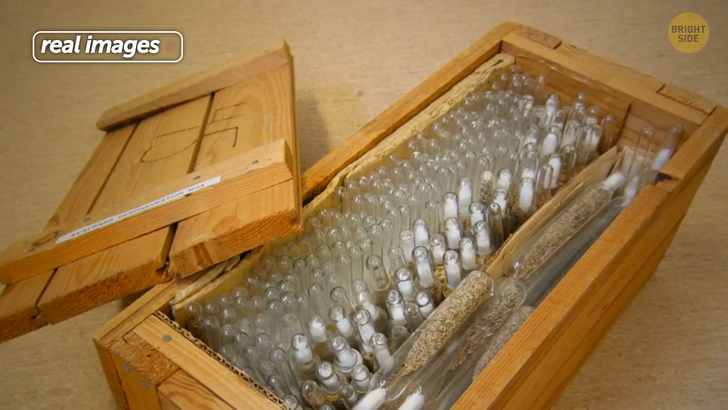
In Brazil, there’s an island just 21 miles from the coast. It’s one of the most dangerous islands in the world. Filled with a lot of snakes, it’s aptly named “Snake Island”. Golden Lancehead snakes became marooned on this island when it separated from the mainland during the last ice age.
From their isolation, they adapted to their surroundings, growing in numbers, and their venom becoming more potent with whatever prey they could find. Their venom is up to 5 times more powerful than their mainland cousins’. And with the island the size of only 43 hectares it’s home to 4,000 venomous snakes. That’s at least one snake per square foot!
The island is restricted due to the highly venomous residents. Only officials and researchers observing the snakes are allowed access. But if you happen to be sailing by and your boat sinks, there’s a number to call just in case. Just don’t leave the beach!








